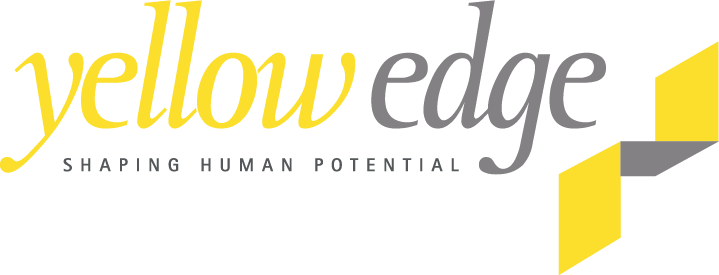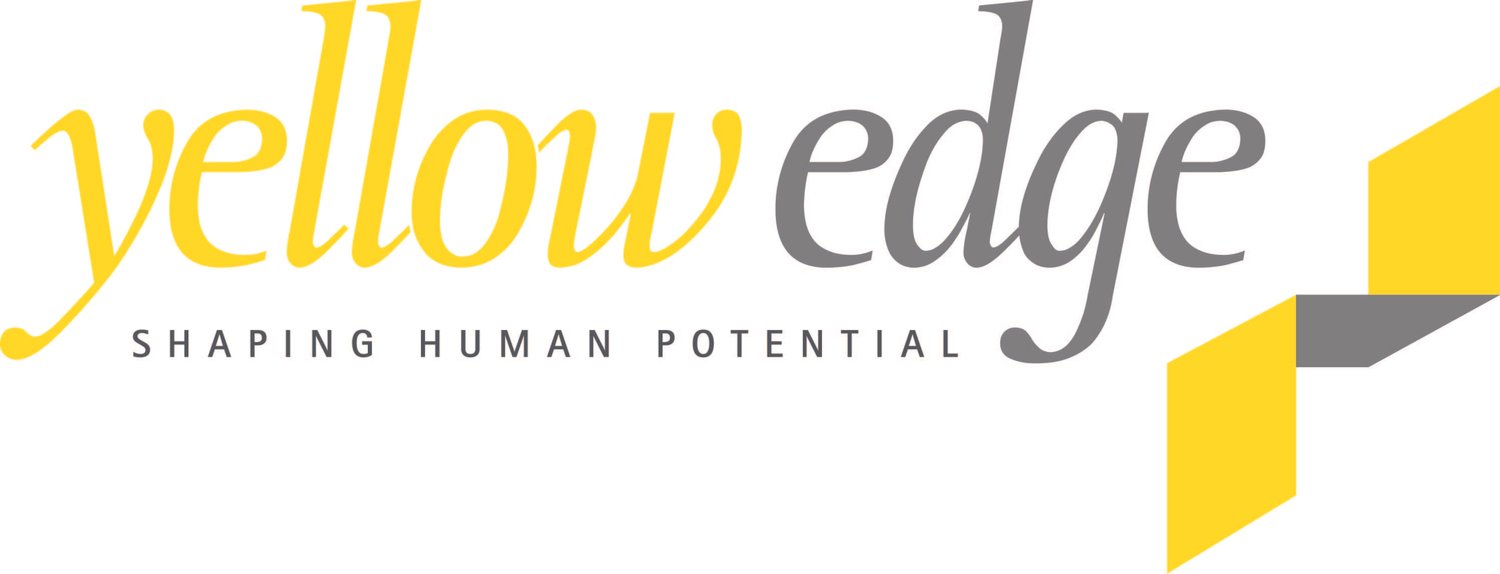56. Adaptability and Leading Hybrid Teams
by Andrew Simon
The transition from large scale lockdowns to an ambiguous, ‘living with COVID’ world will be an interesting one. How do we lead a workforce which has been required to work from home because of COVID-19, to where working from home (and indeed working from anywhere) is desired and can continue as a norm for people who choose to and are able do so?
How can we lead and work so that business objectives of the organisation and ‘radical flexibility’ for employees are both met? How do we lead effectively in a context where the desire for flexibility outweighs the traditional obligation of being in the office?
It seems likely that organisations will experiment and grapple with a variety of workforce models and that each organsiaton will arrive at some sort of landing that will be appropriate for its own circumstance. It also seems likely that in many circumstances, workforces will be characterised by degrees of hybridity.
As this happens, leaders will be compelled to adapt and to facilitate this and to build new capabilities for leading hybrid teams and workforces. This is not just to do with how a workforce is organised, located or rostered, or what communications routines are put in place, important as these are. It is also not just to do with the capabilities required for managing a distributed workforce we are all familiar with such as driving for results/outcomes, delegation, communications and empathy. Perhaps more importantly, it is more to do with learning about the changing attitudes that people have to work and the workplace itself, and responding in a way that leverages such attitudes for the benefit of the individual, the team and the organisation.
This requires a new kind of leadership mindset where a high adaptability quotient, the ability to build, give and sustain trust, emotional intelligence, and a strong sense of equity and fairness will be essential. It requires leaders and employees to imagine how the workplace can be more than just a place of work, that it offers the capacity for social connection, collaboration, celebration (and commiseration) and a source of stimulation, creativity, and innovation as well as safety and refuge.
As with the embrace of any new mindset, unlearning old mindsets and practices will be a key challenge and opportunity for many leaders.
The hybrid workforce will also require leaders and employees to be able to build and sustain productive professional relationships across space and time. Both parties will need strong adaptability and interpersonal skills. Both parties will need to actively contribute to building and sustaining a sense of belonging and mutual support.
Employees will also need to develop appropriate capabilities that enable them to design the intertwining of work and personal lives in a way that achieves the flexibility that they desire, sustaining their wellbeing, while meeting their professional ambitions, business responsibilities and the objectives of their teams and organsiatons. Adapting work to life will pose real design and discipline challenges for many people who seek to take more control of greater aspects of their lives.
Hybrid workforces will therefore demand deeper levels of maturity from leaders and employees as a new kind of bargain or psychological contract is struck. Such ‘contracts’ will be diverse and varied, catering to diverse and varied individual circumstances and preferences. The hybrid workforce will be more complex.
As we pay attention to this, we must not forget those who choose not to or who are unable to work from home and prefer or need to be in the workplace. It will be even more important for leaders and team members to pay everyone fair attention and care and to be consciously and intentionally inclusive.
Teamwork in a hybrid team will be somewhat different than in the traditional team given business processes, systems, communication tools and workflow management will change to support hybrid work arrangements. More importantly, the nature of intra and inter team relationships will also be different given that time and space may not be shared by or common to everyone. Team working capabilities that may need to be strengthened could include workflow design and management, internal engagement, negotiation, conflict management, trust and relationship building and proactive interpersonal communications.
RECOMMENDATIONS
Recognise that the hybrid workforce is not just a way of organizing the workforce but a new way of thinking about work and the workplace and of leveraging flexibility for the benefit of employees, teams and organsiatons.
Emphasise that to make the hybrid workforce actually work requires mutual effort from leaders and their teams, working under a supportive organsiational framework.
Invest in the development of new hybrid workforce capabilities required of leaders and employees. This includes unlearning, adaptability, outcomes design and management, flexible workflow design and management, internal engagement, negotiation, conflict management, trust and relationship building and proactive interpersonal communications.
by Andrew Simon, Co-Founder and Chief Executive, Yellow Edge.
Yellow Edge is a local, privately owned Canberra based consulting company focused on helping individuals, teams and organisations to achieve high performance. Yellow Edge is a certified BCorp. BCorp companies make decisions that make a positive impact on their employees, customers, suppliers, community, and the environment. https://www.bcorporation.com.au/
Cover photo by Ekaterina Bolovtsova.


